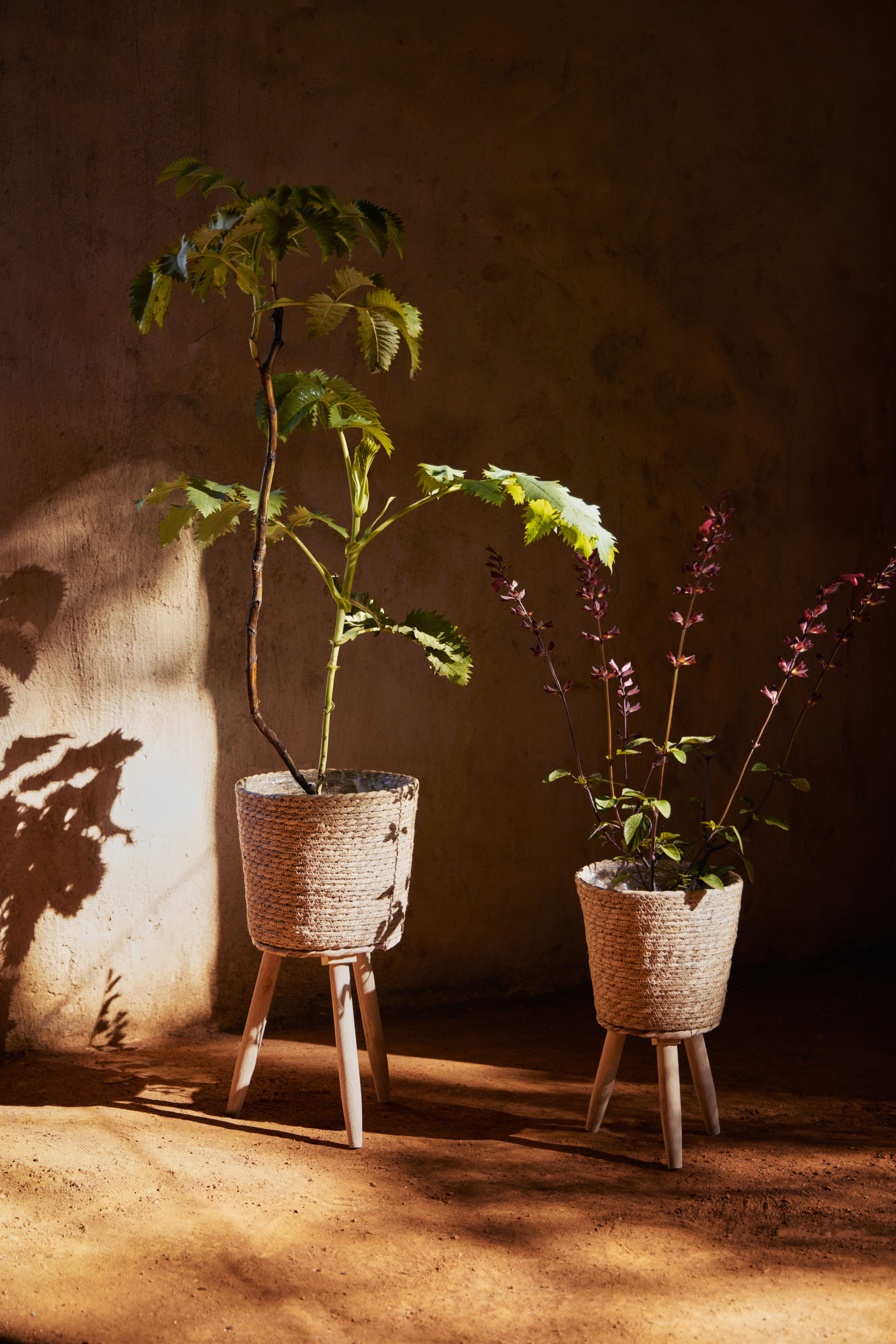


Liesl Robertson gave herself a week to see if she could reset her body clock and become an early bird
Let’s get one thing clear right off the bat: I’m not a morning person.
If I were to be completely honest, I’m writing this very sentence in bed, on my phone, in the dark, because my laptop is in another room and I can’t face getting up.
According to Hal Elrod, author of international bestseller The Miracle Morning (which I’m reading only for the purpose of writing this article), your morning sets the tone for the day and, on a grander scale, your entire life. No pressure, hey, Hal.
“How you wake up each day and your morning routine (or lack thereof) dramatically affect your levels of success in every single area of your life,” he writes.
“Focused, productive, successful mornings generate focused, productive, successful days – which inevitably create a successful life.”
If that’s true, I’m doomed. Usually I get up around 7am, after three or four alarms set 10 minutes apart. I’ve also been known to snooze through them all and wake up at eight in a blind panic.
But it was time for an experiment, so I signed up for a week of early wake-ups – and prayed the sacrifice of snooze would be worth it.
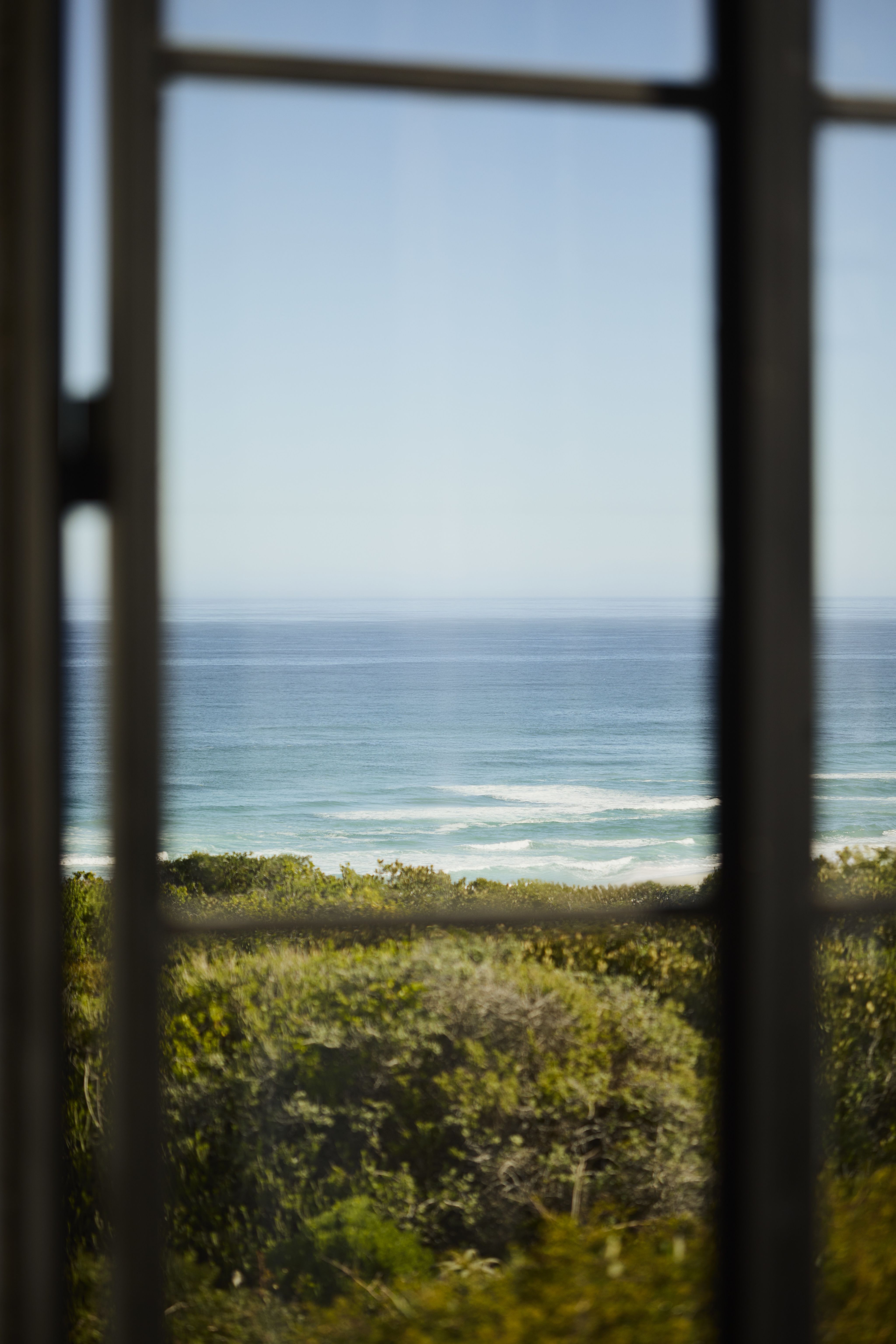
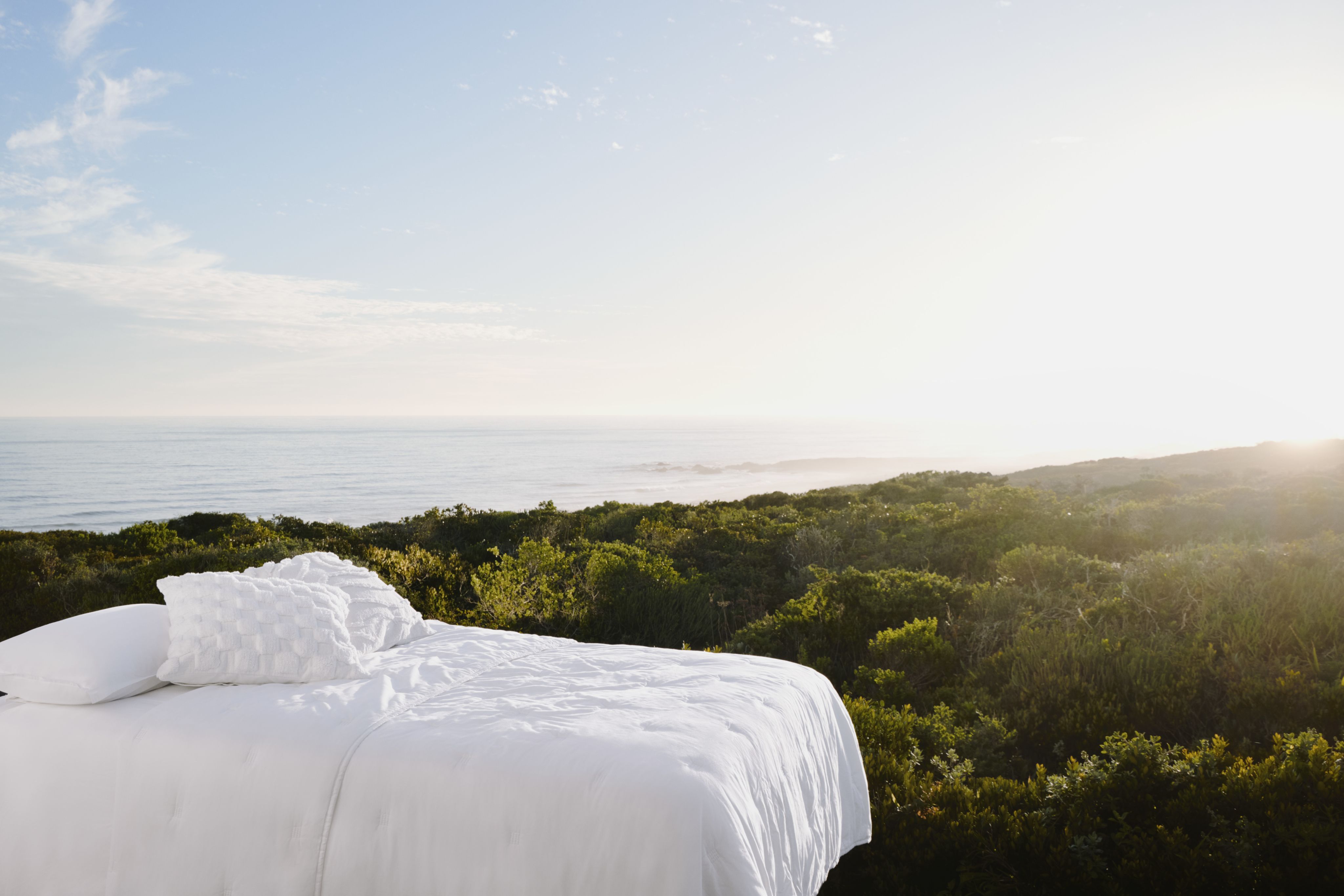
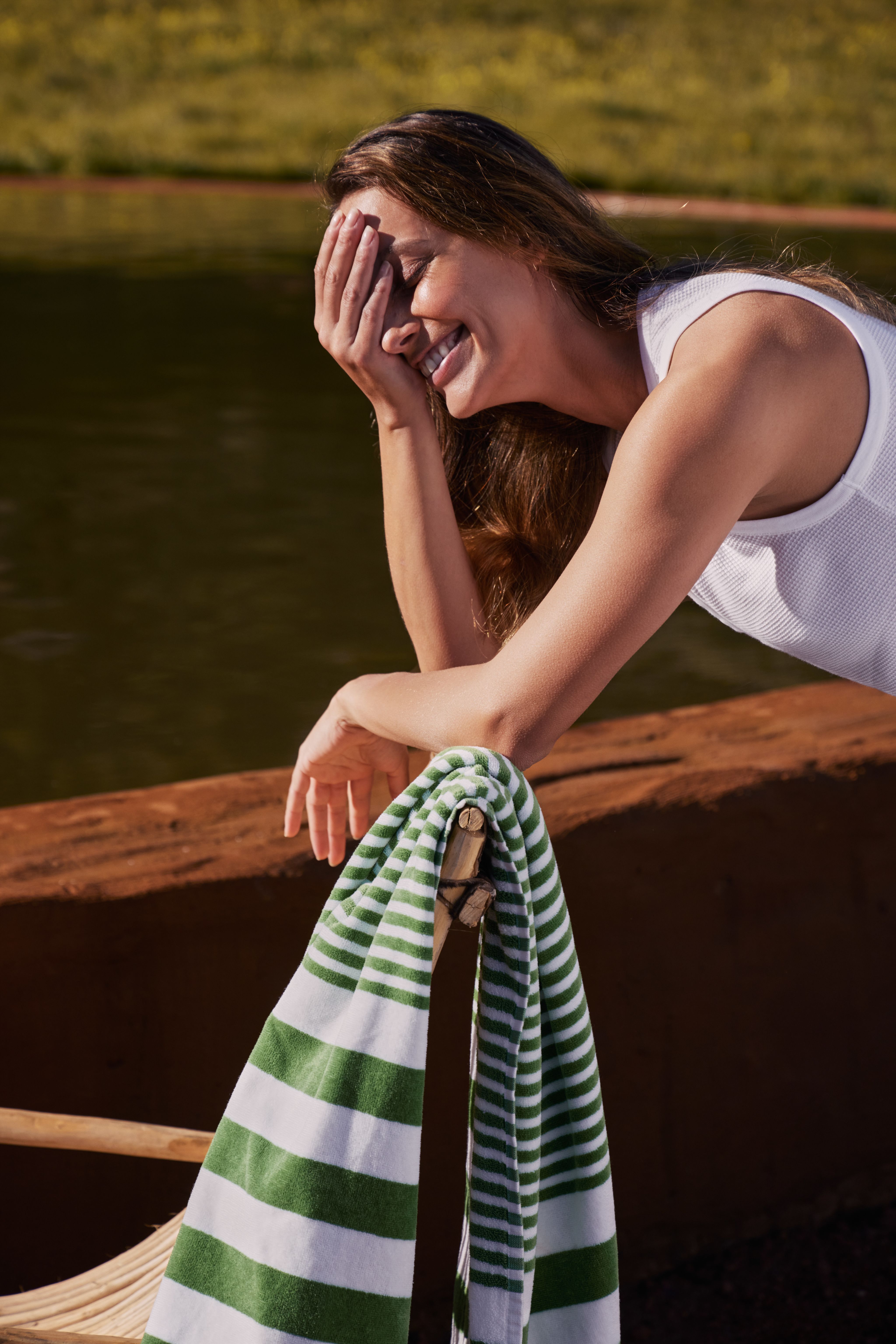


DAY 1
My alarm goes off at 6am and my first thought is NOPE. Not today. I got to bed late. I’m not ready. It’s pitch dark and rainy outside. And my husband, the morning person who usually leaps out of bed at the crack of dawn, has traitorously decided to sleep in and is snoozing away next to me. Conditions are clearly not optimal. Best to try again tomorrow.

DAY 2
At 5am, the husband (back to his usual day-breaker routine) wakes me. “I thought you were getting up early today?”
“Only at six,” I mumble and go back to sleep.
I want it to be doable, so I set the bar relatively low: my plan is to wake up at six and read The Miracle Morning in bed for an hour. I set four alarms (at 5:30, 5:40, 5:50 and 6) so I can snooze three times before getting up, as per my usual routine.
At 6, I switch on my light and settle in to read, quite proud of myself for sticking to the programme. Boy, did I get it wrong – there’s a whole section in the book on why you should never use the snooze button. You’re also not supposed to stay in bed.
“We mistakenly assume that each choice we make, and each individual action we take is affecting only that particular moment or circumstance,” Hal writes.
“For example, you may think it’s no big deal to miss a workout, procrastinate on a project or eat fast food because you get a do-over tomorrow . . . Nothing could be further from the truth.”
Yikes. Hal was lobbing some major bombshells at me here.
“Every time you do the easy thing instead of the right thing, you’re shaping your identity, becoming the type of person who does what’s easy rather than what’s right.”
By hitting the snooze button, we’re “programming our subconscious mind with the instruction that it’s okay for us not to follow through with the things we intended to do”.
And then a few pages on: “When you delay waking up until you have to, consider that what you’re actually doing is resisting your life.”
The take-home message: if you snooze, you lose.

DAY 3
I set my alarm for 5:30 and this time I’m prepared: I plan to follow Hal’s “five-step snooze-proof wake-up strategy”.
Step 1: “Set your intentions before bed.” The key, Hal says, is to “consciously decide every night to actively and mindfully create a positive expectation for the next morning”. Got it. Thinking positive thoughts. I can do this.
Step 2: An oldie but effective nonetheless: move your alarm clock so far out of reach you have to get out of bed to turn it off. “Motion creates energy, so when you get up and out of bed it naturally helps you wake up.”
Step 3: Brush your teeth and splash some water on your face. This is about filling the first few minutes of the day with mindless activities while your body is still waking up.
Step 4: Drink a full glass of water. “After six to eight hours without water, you’ll naturally be mildly dehydrated, and dehydration causes fatigue,” Hal writes. “Often when people feel tired – at any time of the day – what they really need is more water, not more sleep.”
Step 5: Get dressed in your workout gear. You should “earn” your morning shower, Hal says. So did it work? I hate to say it, but it did. Not that I went for a 5km run or anything that drastic: I rolled out my yoga mat in the lounge and let a spandex-clad woman on YouTube talk me into doing some low-key stretches.
It was a really nice way to start the day. And I had so much time to get ready for work I managed to fit in a lot of things I usually don’t have time for, such as making the bed, applying a face mask, boiling eggs for lunch, and cleaning out old till slips and crumpled tissues from my handbag.
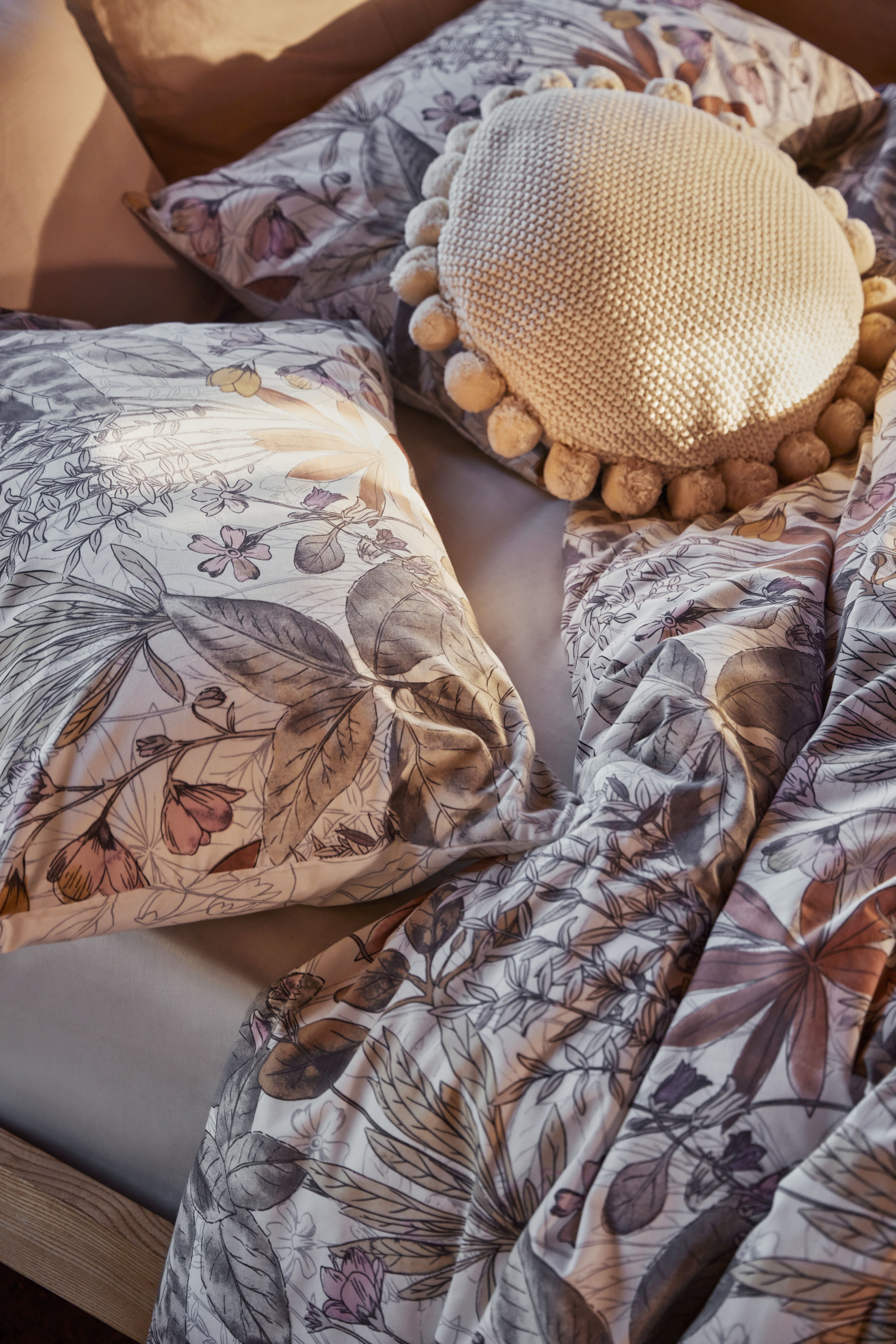
DAY 4
We went out for dinner with friends, but even though I steered clear of the wine and we called it a night at a relatively reasonable hour, I got to bed only well after midnight.
Sadly, the fear of being tired all day wasn’t going to let me off the hook with Hal. “How we feel when we wake up in the morning is not solely based on how many hours of sleep we got, but significantly impacted by how we told ourselves we were going to feel when we woke up,” he writes.
So if you think, “Oh no, I’m going to get only four hours of sleep tonight; I’m going to be exhausted tomorrow,” it’s a “self-fulfilling, self-sabotaging prophecy”.
Hal recommends a bedtime affirmation during which you tell yourself that x hours of sleep is exactly enough, and that you’re thankful to wake up energised and rested. Clearly I didn’t find myself convincing enough – by 3pm I was flagging.
DAY 5
I’m swiftly coming to the conclusion that winter is a terrible time to try to change the inner workings of your body clock.
Anyway, I push through because today is about S.A.V.E.R.S. – Hal’s acronym for the six transformative habits that you need to cultivate to change your outlook on life. (S, sadly, does not stand for sleep.)
S IS FOR SILENCE
In our “noisy, fast-paced and overstimulated” lives, taking time to just sit quietly can work wonders. According to Hal, if you want to immediately reduce your stress levels you need to “do the opposite of what most people do – start every morning with a period of purposeful silence”.
My mornings are usually rushed and frenetic; I can definitely do with 10 minutes of quiet time. The idea is that you meditate or pray, breathe deeply and reflect.
Unfortunately, I’m not allowed to stay in bed even for this – it’s much too easy to go from sitting to slouching to sleeping if you’re still in bed, Hal says. (The man has a point.)
A IS FOR AFFIRMATIONS
“Whether or not you realise it, incessantly talking to one’s self is not just for crazy people,” Hal says. “Every single one of us has an internal dialogue that runs through our heads, almost nonstop.”
So you’re chattering away to yourself all day – but how much of what you say is positive and life-affirming? Probably not very much, Hal says. He recently came across an alarming statistic: “80% of women have self-deprecating thoughts about themselves (body image, job performance, other people’s opinion of them, etc) throughout the day.”
So for 10 minutes, tell yourself supportive things – download some mantras off meditation sites or come up with your own. Think about what you want to change in your life, why you want those things and what you plan to do to attain those goals.
V IS FOR VISUALIZATION
Hal recommends visualising who you need to be and what you need to do to succeed.
“When you visualise daily, you align your thoughts and feelings with your vision. Visualisation can be a powerful aid to overcome self-limiting habits such as procrastination and to take the actions necessary to achieve your goals.”
E IS FOR EXCERISE
We all know exercise is good for you. It reduces stress, boosts energy, gives you confidence and is the single best thing you can do for your overall health.
Need more motivation? Multimillionaire entrepreneur Eben Pagan says the number one key to success is to “start every morning with a personal success ritual”. He recommends a short burst of exercise. You can do whatever you want, even if it’s just 10 minutes of jumping jacks, a few yoga poses or a bout of skipping.
R IS FOR READING
Hal recommends reading a book that aids your personal development and aiming for 10 pages a day. Somehow I don’t think the thriller on my bedside table is what he has in mind. Then again, I’m also reading his book – that counts, surely?
S IS FOR SCRIBING
Journalling, basically. Whether you feel that you have a novel locked away inside you or you just want to document some thoughts, feelings and insights, putting them in writing is an excellent way to start.
This can help you gain clarity, capture ideas, review lessons and acknowledge your progress, Hal says.
Finally, something I don’t have to work at: I already keep a notebook next to my bed and I often find myself jotting down thoughts and ideas that come to me in the middle of the night.
DAY 6
You’d think Saturdays are the hardest for getting up early, but I have an early horse-riding class every Saturday so I’m always up early. Somehow it’s easier when you know it’s at a set time – and you’ve already paid for it!
DAY 7
Sorry, Hal. Sundays are for sleeping in. And breakfast in bed. That’s non-negotiable.
VERDICT
I knew this week was going to be hard. And although I didn’t do too badly, I still feel like I’m hardwired to hate mornings.
Having said that, I really enjoyed having a bit more time to myself and I might even stick with the early-morning stretches. One week probably isn’t enough time to give it a fair go – maybe I should try for another? But only if I’m allowed to snooze.



